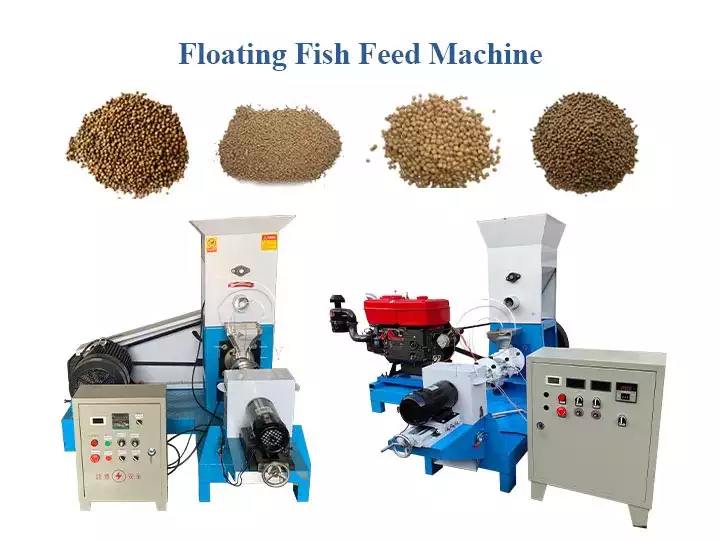Exploring the Benefits and Features of Advanced Feed Pellet Production Equipment for Livestock Nutrition
Aug . 14, 2024 03:31 Back to list
Exploring the Benefits and Features of Advanced Feed Pellet Production Equipment for Livestock Nutrition
The Importance of Feed Pellet Making Machines in Modern Agriculture
In recent years, the agricultural sector has seen significant advancements with the introduction of various processing technologies. One of the most vital innovations in this domain is the feed pellet making machine. These machines have transformed the way animal feed is produced, offering numerous advantages in terms of efficiency, quality, and nutritional value.
Understanding Feed Pellet Making Machines
Feed pellet making machines are specialized equipment that compress various feed ingredients into small, dense pellets. The process typically involves grinding the raw materials, mixing them with the right proportion of nutrients and binders, and then using heat and pressure to form pellets. This method of feed production has gained popularity among farmers, livestock managers, and feed manufacturers due to its many benefits.
Advantages of Pelletized Feed
1. Enhanced Nutritional Value Pelleting feed improves its digestibility and nutritional value. The high temperature and pressure involved in the pelleting process help break down the feed ingredients, making it easier for animals to absorb essential nutrients. This leads to better growth rates, improved feed conversion ratios, and overall enhanced animal health.
2. Reducing Feed Waste Traditional loose feed can be prone to wastage due to spoilage, dust, or selective feeding by animals. Pelleted feed minimizes this waste because the compact shape prevents spillage and ensures that animals consume the entire pellet. This can significantly lower feed costs and increase profitability for farmers.
3. Improved Storage and Handling Feed pellets are easier to store and transport compared to loose feed. Their compact nature reduces the space required for storage, and they are less likely to degrade during handling or shipping. This is especially important for large-scale operations where feed must be moved frequently.
4. Tailored Nutrition Feed pellet making machines allow producers to customize feed formulations based on the specific needs of different livestock species or production stages. This flexibility helps in addressing health issues or optimizing growth performance, allowing farmers to achieve better results in their livestock operations.
feed pellet making machine

5. Biosecurity Benefits The heat treatment involved in the pelleting process can reduce the risk of harmful pathogens in the feed, enhancing biosecurity in animal farming. This is particularly important in today’s agricultural landscape, where disease management is critical.
Choosing the Right Feed Pellet Making Machine
When selecting a feed pellet making machine, several factors should be considered
- Capacity and Scale Determine the production capacity needed based on the scale of the farming operation. Machines come in various sizes, and selecting the right one can significantly impact operational efficiency.
- Material Compatibility Ensure that the machine can handle the specific raw materials intended for use, whether they are grains, by-products, or additives.
- Energy Efficiency Since feed production can be energy-intensive, choosing an energy-efficient machine can contribute to lower operational costs and an environmentally friendly approach.
- Durability and Maintenance Invest in high-quality machines that require minimal maintenance and are built to withstand the rigors of daily use.
Conclusion
The feed pellet making machine stands as a cornerstone of modern animal husbandry, offering a wide array of benefits that enhance the efficiency and sustainability of feed production. By improving the nutritional quality of feed and reducing waste, these machines play a crucial role in ensuring the health and productivity of livestock. As agricultural practices continue to evolve, the significance of feed pellet technology will undoubtedly grow, ushering in an era of smarter, more efficient farming.
-
Automatic Feeding Line System-Pan Feeder Nipple Drinker|Anping County Yize Metal Products Co., Ltd.
NewsJul.29,2025
-
Hot Sale 24 & 18 Door Rabbit Cages - Premium Breeding Solutions
NewsJul.25,2025
-
Automatic Feeding Line System Pan Feeder Nipple Drinker - Anping County Yize Metal Products Co., Ltd.
NewsJul.21,2025
-
Automatic Feeding Line System Pan Feeder Nipple Drinker - Anping County Yize Metal Products Co., Ltd.
NewsJul.21,2025
-
Automatic Feeding Line System - Anping Yize | Precision & Nipple
NewsJul.21,2025
-
Automatic Feeding Line System - Anping Yize | Precision & Nipple
NewsJul.21,2025






